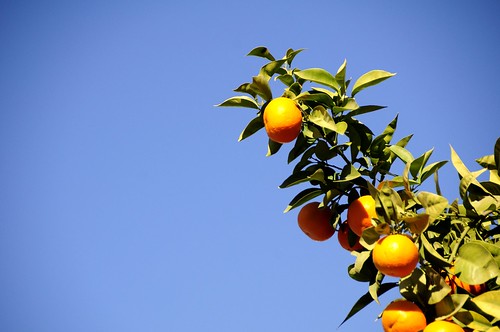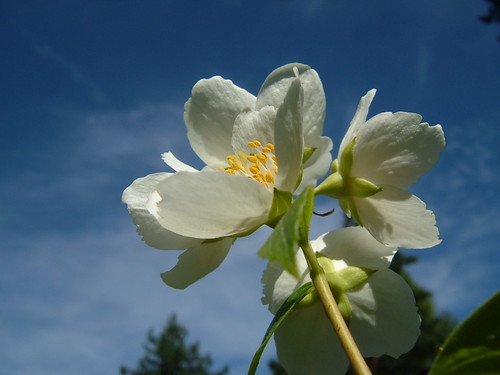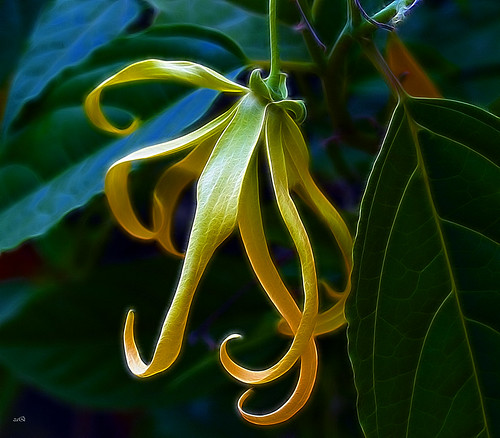This all began because my daughter loves the word Neroli and asked me to make her a “Roli” solid perfume. I do not recommend you make this perfume, quite honestly – because the opening can only be described as “green compost monster!” Argh! But, I’m recording it because mistakes are the best way to learn. The rest of the perfume is fine if not spectacular, but oh my – the terrible top notes. Blech. I blame the orange blossom absolute that I have.
My orange blossom absolute is actually a swamp thing.
Raw Materials*
- 8 ml Jojoba oil
- 1/2 heaping teaspoon grated beeswax
- 10 drops Petitgrain essential oil
- 16 drops Neroli essential oil
- 8 drops Orange Blossom absolute <– Warning: Too much OB. Reduce next time and/or use diff OB material.
- 4 drops Jasmine Grandiflorum absolute
- 7 drops Tonka Bean Absolute 30%
Equipment
- Box grater (for grating beeswax)
- Measuring spoons (for beeswax)
- 80 ml lab casserole (for melting beeswax)
- 10 ml graduated beaker or cylinder
- Glass eyedroppers (1 per essence)
- Small glass of alcohol for cleaning eye droppers (place them in it upright after use)
- Stirring rod
- Hot plate (can also use stovetop burner)
- ½ oz tin (for storing perfume)
- Paper towels
Steps
- Cover your work surface with paper towels.
- Add the Jojoba oil to the graduated beaker.
- Next, add the essential oils. Begin with the base notes and work your way up to the lightest notes: Tonka, Jasmine, OB, Petitgrain, Neroli. Smell after each addition to experience how the blend is evolving. Use a separate dropper for each oil.
- When you are done with an eye dropper, place it in the glass of alcohol, and pump it a few times to clean it, and leave it sitting full of alcohol. This prevents cross contamination.
- Measure out the grated beeswax into the lab casserole. Hold the lab casserole over the burner until the wax melts.
- Quickly pour the essential oil blend into the liquid wax. Working over the heat, stir the blend into the wax for about 10 seconds until it’s a smooth mixture.
- Finally, pour the molten perfume into the ½ oz tin, cap it, and leave it alone for 15 minutes to solidify. Finis!
How did it work? How does it smell?
This one isn’t perfect. I adapted the recipe from the Ambrosial Neroli recipe on White Lotus Aromatics. The formula may not be to blame – I tinkered with the ratios and put it into a solid. Perhaps the original formula is better? Certainly top notes like Petitgrain and Neroli would thrive much better in an alcohol base! Anyhow – here’s the issue with this perfume – I don’t like the Orange Blossom Absolute that I have. I have tried to like it, even thought I loved it at first – but it has a seriously dank, green top note that is a horror (at least to me) for the first minute or so of the blend. Yeck. Once it goes, this perfume isn’t too shabby! But the “green compost monster” phase really needs a tweak. Next, there is a nice moment of Petitgrain/Neroli brightness – but I know better than to put that into a solid! Solids eat top notes. The fact that these survive at all is frankly miraculous. The jasmine sweetens things up prettily. And the Tonka…the tonka is delicate, rich, gorgeous, and tenacious all at once. It has a hay-like bright & fresh quality. It ends up connecting to the jasmine, and so in the dry down this has a light jasmine-y vibe with a little tonka spice which reminds me of…aftershave? I think Tonka is used in a lot of traditionally masculine blends (Fougeres?), so I’ve got a funny masculine association with this. Tenacity could be better. Overall, it’s an odd little thing – and my 5 year old is NOT A FAN.
Oh well.
And the stinking orange blossom! That stuff is a monster. I need to figure out how to work with this material more successfully. Or just chuck it. It wasn’t cheap, though. It’s supposed to be very nice stuff so I’m confused by how much I hate it.
Notes on Notes
- Petitgrain Bigarade, C. Aurantium var. amara, Paraguay, Organic, White Lotus Aromatics – Green, sharp, fresh cologne
- Jasmine Grandiflorum Absolute, India, Eden Botanicals – Jasmine, white floral, SWEET, smooth, round, narcotic
- Orange Blossom Absolute – Fine, Eden Botanicals – Floral, sweet/tart, green & astringent but also honeyed, Honeysuckle, UGH – there is a note to this that is sharp, edge-y, and dank – like vegetable rot
- Neroli, France, Eden Botanicals – Floral, green, sharp, fresh, ephemeral, cologne, unisex, delicate, pretty
- Tonka Bean Absolute 30%, Dipteryx Odorata, French extract, Organic, White Lotus Aromatics – Vanillic, new baby doll smell, honeyed, sweet, slightly boozy?, slightly spicy, happy, fresh, hay-like








